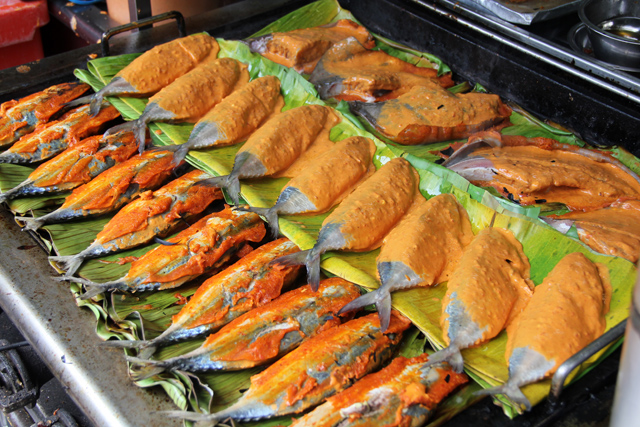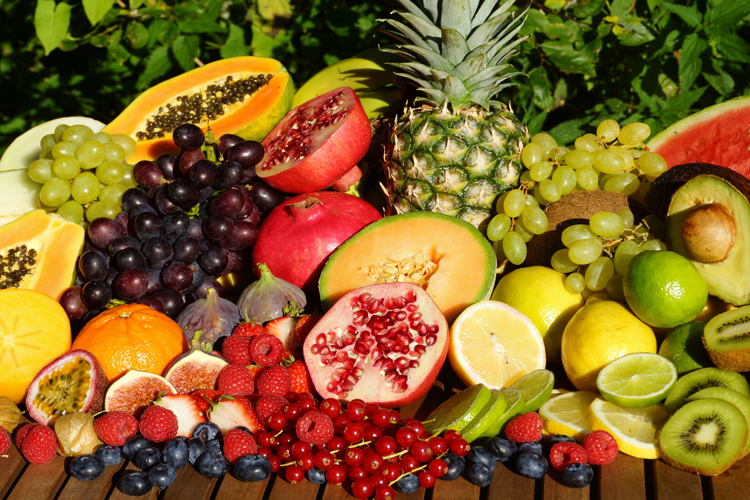Introduction: Malaysia’s Diverse Ethnic Groups
Malaysia’s rich culture is a fusion of its diverse ethnic groups, which include Malays, Chinese, Indians, and indigenous people. Each group brought with them their own unique traditions and culinary practices, resulting in a vibrant and flavorful cuisine that is celebrated all over the world. Malaysian food is a perfect example of the country’s multiculturalism, as it is a blend of flavors, spices, and techniques from different regions and cultural backgrounds.
Traditional Cuisine and its Influences
Malaysian cuisine is a reflection of the country’s diverse cultural heritage. The traditional dishes are influenced by the different ethnic groups, and the use of different spices, herbs, and cooking techniques. Some of the most popular traditional dishes include Nasi Lemak, which is a Malay dish made with coconut rice, sambal, ikan bilis, and fried chicken; Char Kway Teow, which is a Chinese dish made with stir-fried flat rice noodles, prawns, and bean sprouts; and Roti Canai, which is an Indian dish made with flaky, crispy bread served with curry.
Malay Cuisine: a Mix of Indian, Chinese and Indonesian
Malay cuisine is a mix of Indian, Chinese, and Indonesian influences. It is characterized by the use of spices such as lemongrass, turmeric, and ginger, and the inclusion of coconut milk in many dishes. Malay cuisine is known for its use of sambal, a spicy sauce made with chili peppers, shrimp paste, and other ingredients. Some of the most popular Malay dishes include Rendang, which is a spicy beef dish cooked with coconut milk and spices; Satay, which is grilled meat served with a peanut sauce; and Laksa, which is a spicy noodle soup made with fish or chicken.
Chinese Cuisine: Regional Variations and Blend of Spices
Chinese cuisine in Malaysia has its own unique flavor and style, with regional variations that reflect the different cultural influences. Cantonese cuisine is popular in Kuala Lumpur and is known for its delicate flavors and use of fresh ingredients. Hokkien cuisine is popular in Penang and is known for its bold flavors and use of spices. Chinese cuisine in Malaysia is a blend of spices such as star anise, cinnamon, and cloves, and the use of ingredients such as soy sauce, oyster sauce, and sesame oil. Some popular Chinese dishes in Malaysia include Hainanese Chicken Rice, which is a dish made with poached chicken and served with rice cooked in chicken broth; Bak Kut Teh, which is a pork rib soup cooked with a variety of herbs and spices; and Char Siu, which is a dish made with pork marinated in a sweet sauce and grilled.
Indian Cuisine: Spices, Herbs and Vegetarian Delights
Indian cuisine in Malaysia is known for its bold flavors, use of spices and herbs, and vegetarian dishes. Indian cuisine is popular in Malaysia, especially in the southern states of Johor and Malacca. Some of the most popular Indian dishes in Malaysia include Tandoori Chicken, which is a dish made with marinated chicken cooked in a tandoor oven; Briyani, which is a spiced rice dish served with meat or vegetables; and Masala Dosa, which is a crispy pancake made with fermented rice and lentil batter and served with spicy potato filling.
Unique Flavors and Cooking Techniques from other Ethnic Groups
Apart from the three main ethnic groups in Malaysia, there are also other ethnic groups such as the Baba Nyonya, who are descendants of Chinese traders who settled in Malacca, and the Orang Asli, who are indigenous people of Malaysia. Baba Nyonya cuisine is a fusion of Chinese and Malay cuisine, while Orang Asli cuisine is known for its use of wild herbs and ingredients. The Baba Nyonya cuisine features dishes such as Nyonya Laksa, a spicy noodle soup made with coconut milk and seafood; and Otak-Otak, a spicy fish cake grilled in banana leaves. The Orang Asli cuisine features dishes such as Pucuk Ubi Masak Lemak, a dish made with tapioca leaves cooked in coconut milk and spices. The unique flavors and cooking techniques from these ethnic groups contribute to the rich and diverse culinary landscape of Malaysia.
In conclusion, Malaysian cuisine is a reflection of the country’s diverse ethnic groups and cultural heritage. It is a fusion of flavors, spices, and cooking techniques from different regions and backgrounds. It is a cuisine that is celebrated all over the world, and a testament to the country’s multiculturalism. The use of spices, herbs, and fresh ingredients, as well as the inclusion of vegetarian dishes, make Malaysian cuisine a healthy and flavorful option for food lovers everywhere.




